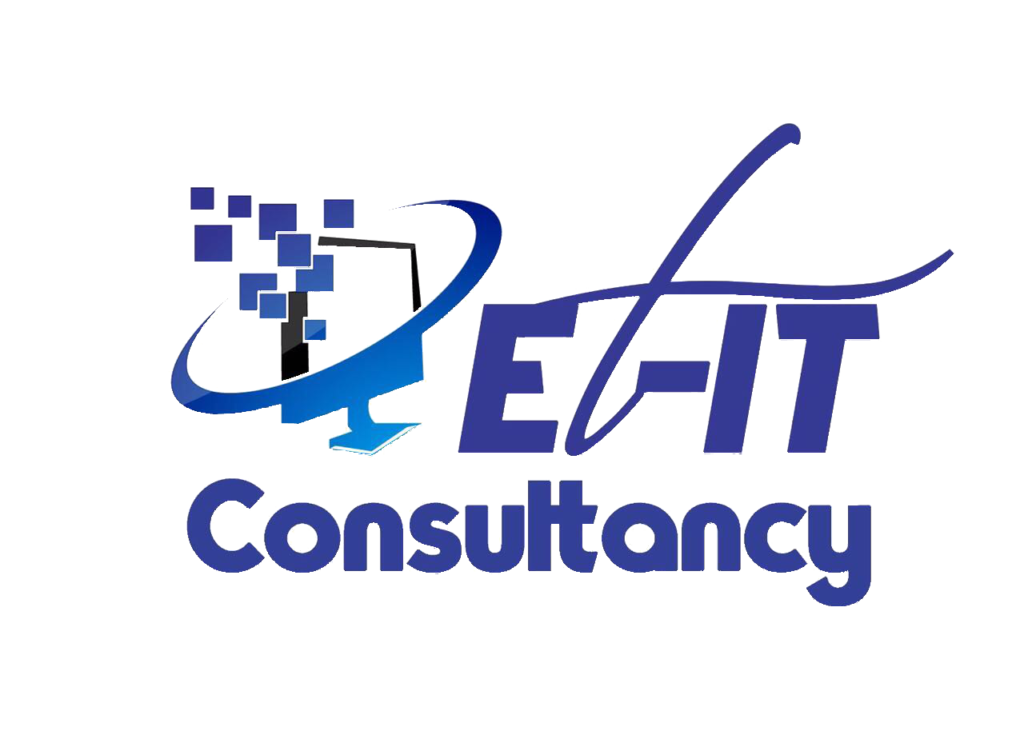MANAGED IT
Handling anything from computer repairs to management and maintenance of large networks.
A lot of companies understand the need for IT operations to function smoothly. For this reason, Technical Consultants like us are often hired to help with any tech-related problems you might have.
Why is IT Service Management Important?
Businesses depend on ITSM to effectively coordinate nearly countless tasks and processes, while ensuring that they are providing real value to the customer. Become more efficient and productive with our input. So, why not get started today?
- Increased agility
Quickly adapt to changes and innovation - Reduced costs
Easily visualize workflows, leading to improved efficiency and cost savings - Fewer IT problems and improved response
Decrease IT problems and respond to incidents quickly, reducing the associated cost and disruption - Easy compliance
Ensure compliance with regulatory requirements - Better service
Improve satisfaction rates for end users
- Improved productivity
Aligned goals backed by reliable services ensure that more gets done with fewer problems. - Increased user satisfaction
IT is delivered as a service with the needs of the user as the primary focus. - Better process scaling
Processes are more efficient, allowing organizations to handle more IT development without reducing quality. - Faster incident detection and response
Organizations enjoy improved IT visibility, identifying incidents and responding quickly before they can become an issue.
- Improved Process workflow
Automated process workflow improves collaboration and eliminates many manual tasks. - Save time and money
ITSM identifies and eliminates recurring problems and promotes faster issue resolution. - Reduce downtime
Speeding up your IT response time means that your resources will always be working to improve your business. - Insightful reports
Report automation makes the reporting process accurate and less costly.
IT service management’s greatest benefits are improvements in efficiency. The following are the ways we achieve this:

Examples of ITSM services
• Predictive intelligence, which uses machine learning to respond to requests
• Performance analytics to create data visualizations, anticipate trends, prioritize resources, and improve performance
• Incident management and problem management to restore services quickly after an unplanned interruption or a major incident
• Asset management to get a complete, connected view of all assets
Other examples
“How do I reset my password?”
“Why is the network slow?”
“How do I connect to a VPN remotely?”
“How can I get a new laptop?”
